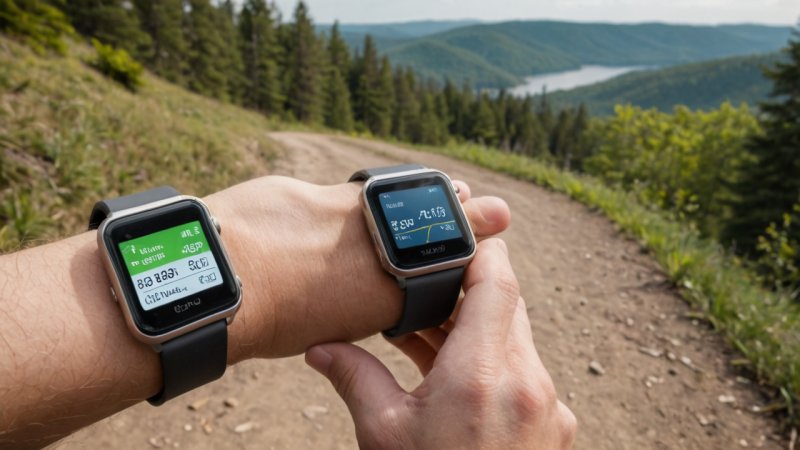As technology continues to evolve, runners are increasingly turning to innovative solutions to enhance their training. Two popular options for tracking running form are wearable devices and smartphone apps. Both offer unique benefits and drawbacks, making it essential to understand how they compare in terms of functionality, accuracy, user experience, and overall effectiveness.
Functionality
When assessing the functionality of running form trackers, it's crucial to consider what each type offers. Wearable devices, such as smartwatches and fitness trackers, typically include built-in sensors that measure metrics like pace, distance, heart rate, and cadence. Many advanced models even track running form characteristics, such as ground contact time and vertical oscillation.
In contrast, smartphone apps rely on the phone's built-in accelerometer and GPS capabilities. While they can provide a comprehensive overview of your run, they may not be as precise as dedicated wearable devices. Some apps also offer features such as voice coaching and social sharing, which can enhance the user experience.
Accuracy
Accuracy is paramount when it comes to tracking running form. Wearable devices often outperform smartphone apps in this regard. The dedicated sensors in wearables are designed specifically for tracking movement and physiological metrics, leading to more reliable data. For instance, devices from brands like Garmin and Polar are known for their superior heart rate monitoring and pace tracking capabilities.
On the other hand, smartphone apps can experience limitations due to the phone's position during the run. If the phone is not securely held or placed in a pocket, it may not accurately capture running form data. Additionally, GPS accuracy can be affected by environmental factors, such as tall buildings or dense tree cover, leading to potential discrepancies in distance and pace calculations.
User Experience
User experience is another critical factor in choosing a running form tracker. Wearable devices typically offer a more streamlined experience, with dedicated screens that display real-time metrics during a run. Many devices also allow for customization, enabling users to choose which metrics to display on their watch face.
Smartphone apps, however, provide a more extensive interface for analyzing data post-run. Users can view detailed graphs and trends over time, making it easier to identify areas for improvement. Apps often allow for integration with other platforms, such as social media or fitness communities, fostering a sense of accountability and motivation.
Portability and Convenience
Portability is a significant advantage of smartphone apps. Most runners already carry their phones with them, making it easy to track runs without the need for additional equipment. This can be particularly beneficial for casual runners who may not want to invest in a separate wearable device.
However, wearables offer the convenience of hands-free tracking. Many devices are water-resistant and durable, making them suitable for various weather conditions and environments. Users can also enjoy the benefits of tracking their runs without the bulk of carrying a phone, which can be a distraction during training.
Battery Life
Battery life is a common concern for runners using technology during their workouts. Wearable devices generally have a longer battery life than smartphones, especially when used in GPS mode. Some devices can last multiple days on a single charge, allowing for extended use without the need for frequent recharging.
Smartphone apps, while convenient, often drain battery life more quickly, particularly when GPS tracking is enabled. This may limit the distance some runners can cover in a single session. Therefore, those planning long-distance runs might find wearables more reliable in this regard.
Cost and Accessibility
Cost is another vital consideration when comparing running form trackers. Wearable devices can be a significant investment, with prices ranging from $100 to over $500, depending on features and brand. This initial cost may deter some runners, particularly those who are just starting.
Smartphone apps, on the other hand, are often free or available for a minimal subscription fee. This makes them more accessible to a broader range of users, allowing anyone with a smartphone to track their running form without significant financial commitment.
Conclusion
In conclusion, both wearable devices and smartphone apps have their unique advantages and disadvantages when it comes to tracking running form. Wearable devices excel in accuracy, functionality, and battery life, making them ideal for serious runners focused on performance. Meanwhile, smartphone apps offer convenience, accessibility, and robust post-run analysis, catering to casual runners or those looking for an affordable solution. Ultimately, the choice between the two will depend on individual preferences, budget, and training goals. For those who prioritize data accuracy and a seamless running experience, investing in a wearable device may be worthwhile. However, for those who value convenience and social interaction, a smartphone app could be the perfect fit.






